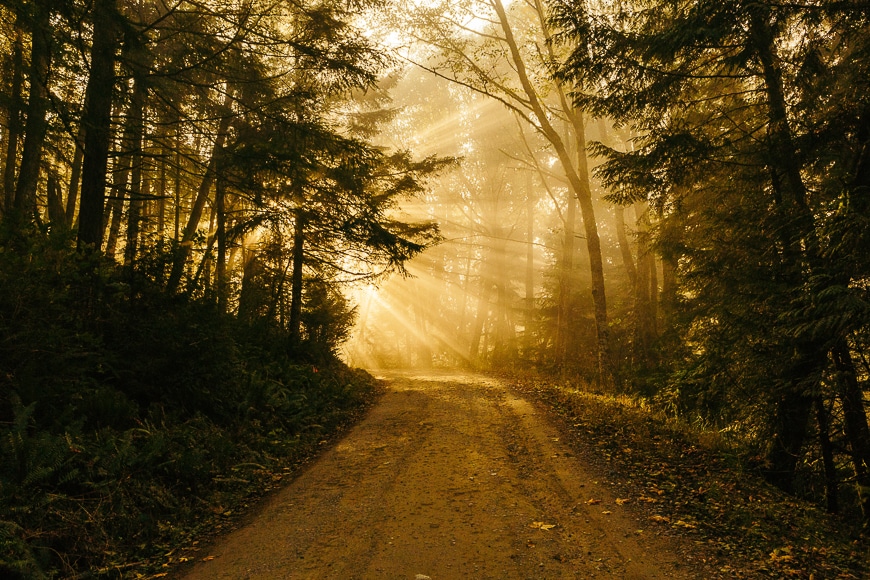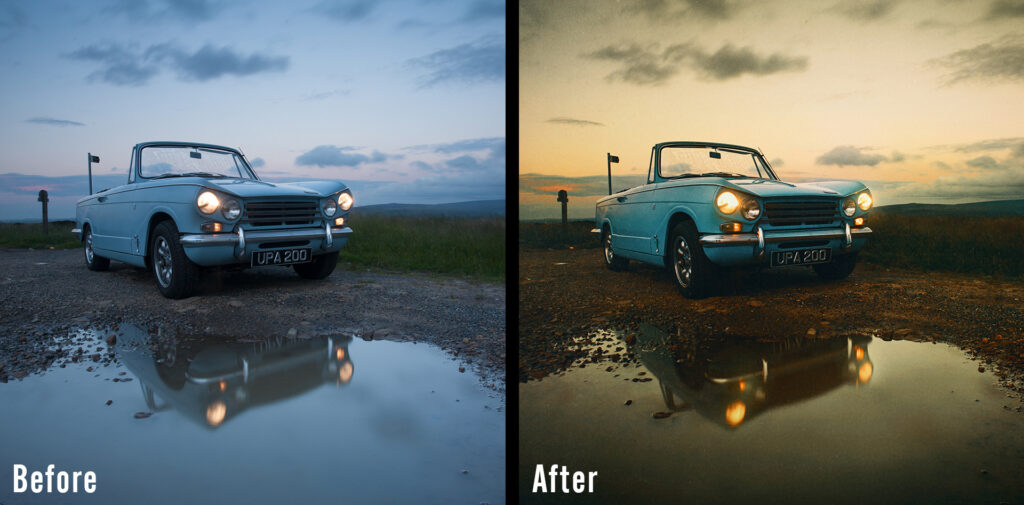Cinematic Photography: 10 Creative Ways to Make Your Photos Look Like a Movie Scene
Cinematic photography is all about mood, drama, and storytelling. It turns an ordinary shot into a frame that feels pulled straight from a film. Whether you’re shooting portraits, landscapes, or urban scenes, using cinematic techniques can transform your work into something emotionally powerful and visually stunning.
Unlike traditional photography, cinematic style is about more than technical settings—it’s about creating emotion, mood, and a sense of narrative. Think of each image as a single frame of a movie. What happened before this moment? What might happen next? That’s the essence of cinematic storytelling through photography.
In this guide, we’ll explore 10 creative ways to bring that movie magic into your photography.

1. Shoot During Golden Hour
The warm tones of sunrise and sunset mimic the lighting used in many films. This soft, directional light adds depth, contrast, and emotional warmth to your frames. During golden hour, shadows are longer and highlights more subtle—perfect for creating dramatic scenes.
Tip: Use backlighting or sidelighting to enhance drama and shape in your subject.
2. Use Wide Aspect Ratios
Cinematic photos often have wider aspect ratios like 2.35:1 or 16:9. Cropping your images to this format immediately gives them a more filmic feel, making them look like movie stills rather than snapshots.
You can crop your images in post-processing or shoot in a wide mode if your camera allows.
3. Color Grade Like a Director
Color plays a huge role in cinematic visuals. Experiment with color grading styles like teal and orange (a common blockbuster combo), vintage film tones, or moody desaturation to evoke a specific emotion.
Tools like Lightroom or Photoshop let you adjust hue, saturation, and luminance with great control.

4. Master Depth of Field
Use a wide aperture (like f/1.8 or f/2.8) to blur the background and focus attention on your subject. This shallow depth of field creates that dreamy cinematic look and separates the subject from the background.
Bokeh—those soft, out-of-focus background lights—adds a magical touch.
5. Incorporate Leading Lines & Framing
Good composition is at the heart of cinematic photography. Use leading lines, symmetry, natural frames (like windows, doors, or arches) to draw attention to your subject and build visual interest.
Think of how a movie frames the main character. You can do the same with your lens.
6. Capture Candid Emotion
Cinematic moments often come from raw, unscripted emotion. Don’t just pose your subject—let them move, interact, or react naturally to the environment. Aim to capture honest expressions and moods that tell a story.
Whether it’s joy, sadness, mystery, or solitude, emotion is your most powerful visual tool.
7. Use Natural and Practical Lights
Incorporate real-world light sources like streetlights, candles, car headlights, or neon signs. These not only light your subject but also create a sense of place and realism—just like scenes in a movie.
Light through windows or curtains adds a soft, diffused glow that feels intimate and cinematic.
8. Think Like a Storyteller
Before you click, ask yourself: What story does this image tell? Is there tension, hope, loneliness, or joy? Frame and light accordingly. Every choice—from wardrobe to location—can support the story you’re trying to convey.
Even a simple urban street becomes cinematic when approached with storytelling in mind.
9. Add Film Grain & Texture
A subtle grain effect in post-processing can make digital photos feel more organic and vintage—just like a classic film still. It also helps reduce the digital sharpness that sometimes feels too clean for cinematic styles.
Don’t overdo it—grain should add character, not overwhelm the image.
10. Use Motion Blur & Long Exposure
Slight motion blur can add a sense of movement and action, while long exposure techniques enhance visual interest and atmosphere. Moving subjects in a still frame can imply a story in motion.
Try shooting moving traffic, flowing fabric, or walking figures for dynamic results.

Conclusion
Cinematic photography isn’t just a style—it’s a mindset. It’s about seeing beyond the scene and imagining it as part of a larger story. With the right light, emotion, and composition, your photos can evoke the same feeling as a favorite movie moment.
So, step behind the lens like a director, and start turning your photos into frames worth remembering. Whether you’re shooting a moody portrait under rainy city lights or a hopeful sunrise over empty streets, there’s always a story waiting to be told—one cinematic shot at a time.